RTS NOMINATED SERIES DESIGN & LIVE STUDIO GRAPHICS
Professor Alice Roberts, Dr. George McGavin, and a team of leading anatomists, anthropologists and archaeologists brought BBC Two viewers face to face with some of our human ancestors.
Using the latest scientific research, a team of model makers reconstructed the creatures from the bones up, in order to provide a unique insight into how Neanderthal, Homo erectus, and Lucy, looked, lived, and compared to us today.
The centerpiece of the live studio programme was a huge 8x HD video wall that allowed Alice and George to access an interactive timeline of the 4 million years of human evolution, as well as numerous other CGI explanatory graphics. The purpose of this large digital backdrop was to allow the audience to always easily understand their position in the timeline of events, in what can be a highly complex and controversial topic.
Shadow spent 4 months designing and creating all of the programme graphics, videowall sequences, and creature animations for the groundbreaking series, and its work was later spun off into a multi-exhibit tour to six of the UK's largest museums.
Working with a panel of scientific experts, Shadow reconstructed many aspects of our pre-human physiology and 3 extinct species for the 3 x 1 hour films. Shadow's work spanned both the creative and the technical, working closely with the BBC production to deliver content across a wide range of platforms for the project, including the massive (6000 pixel+) resolution animations for the studio's Interactive video wall, plus other HD creature animation and Flash based interactive kiosks for the subsequent museum tours. Its creative team designed and oversaw the construction of the studio video wall and playback systems, and later the tour's interactive kiosks.
The video wall was designed to be operated on-set, wirelessly via a bank of media servers. The timeline animation in particular had to be dynamic, and was developed to be able to be changed and updated on-set, meeting both the demands of last minute script tweaks, and the production filming 'as live' over three consecutive nights.
Shadow's work led to a nomination for an RTS 'Best Digital Innovation' award.

